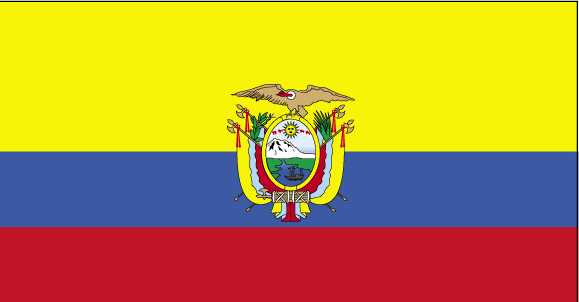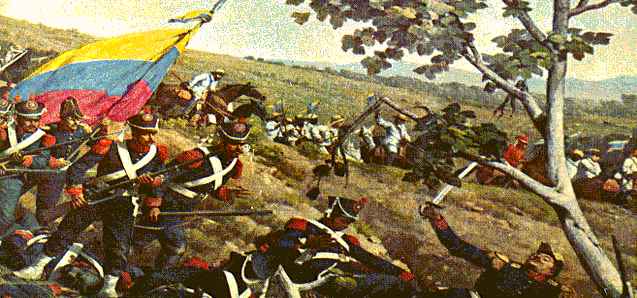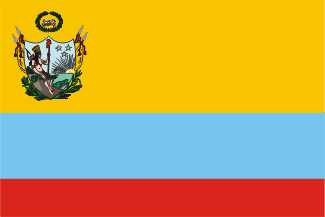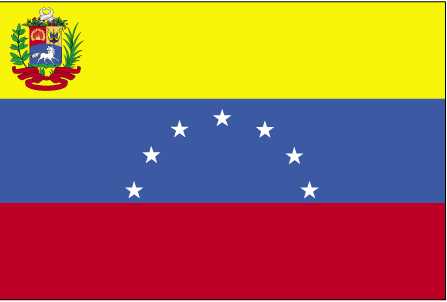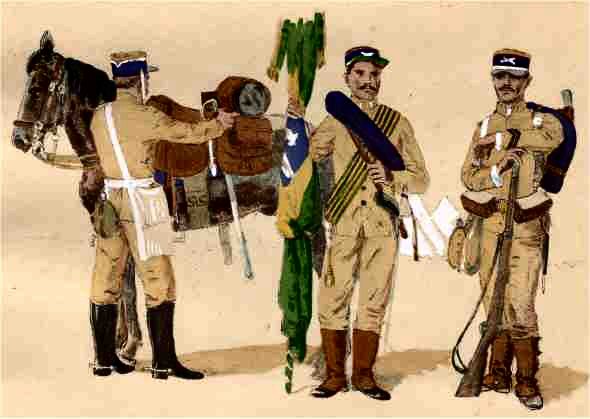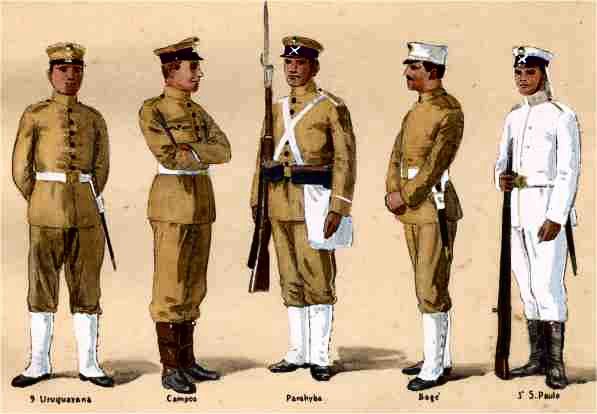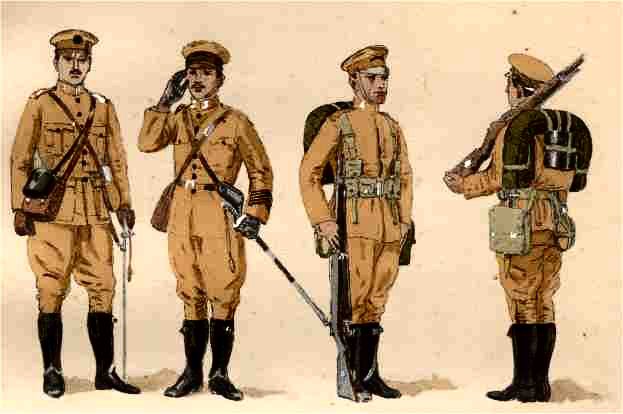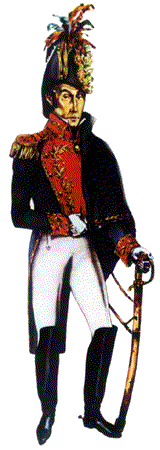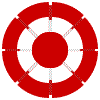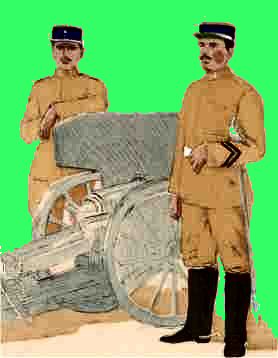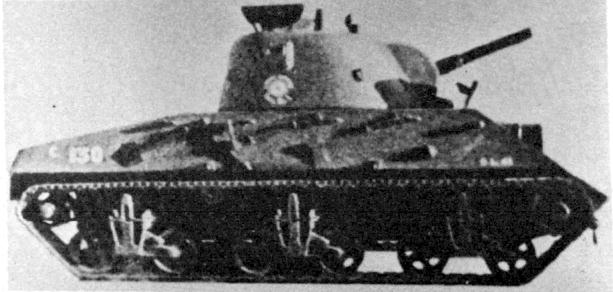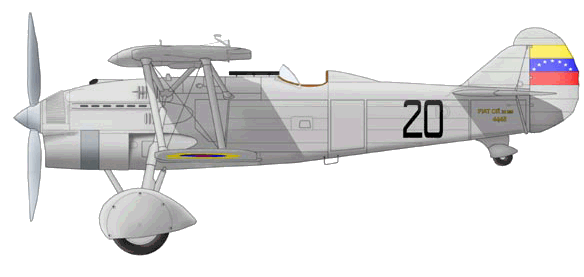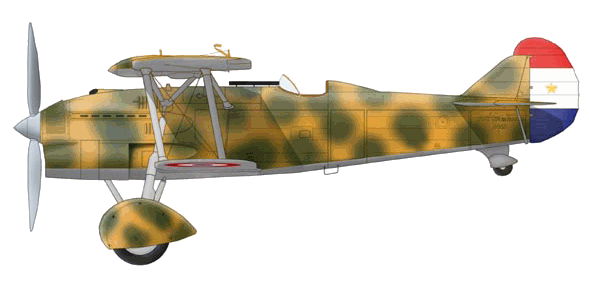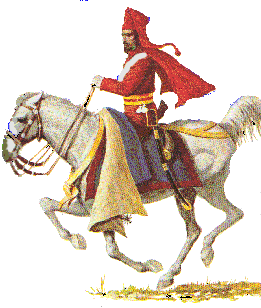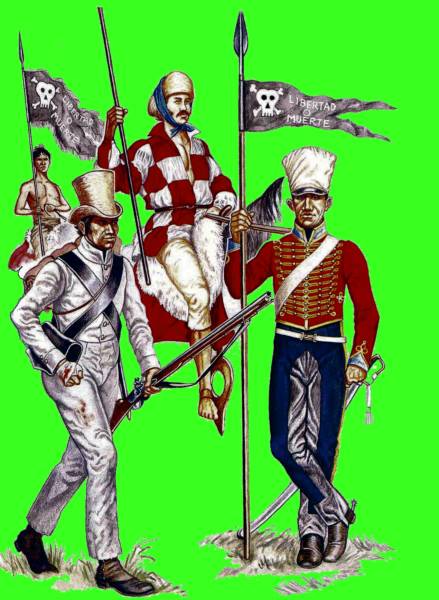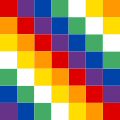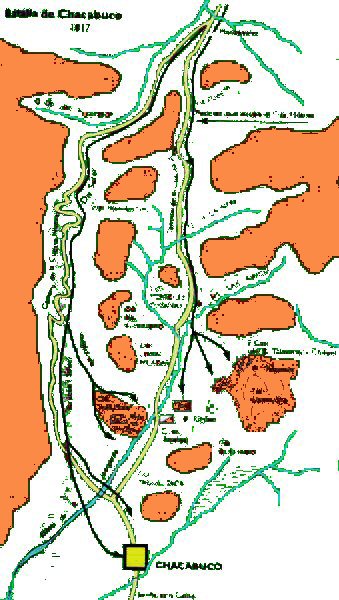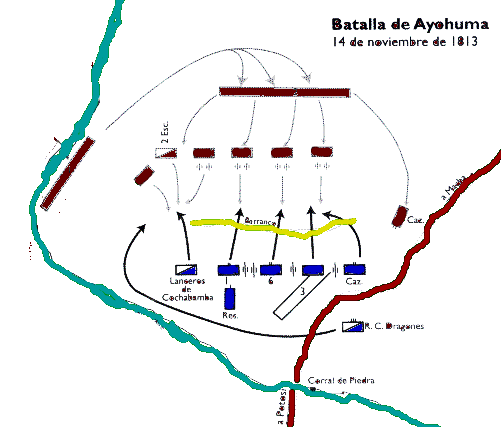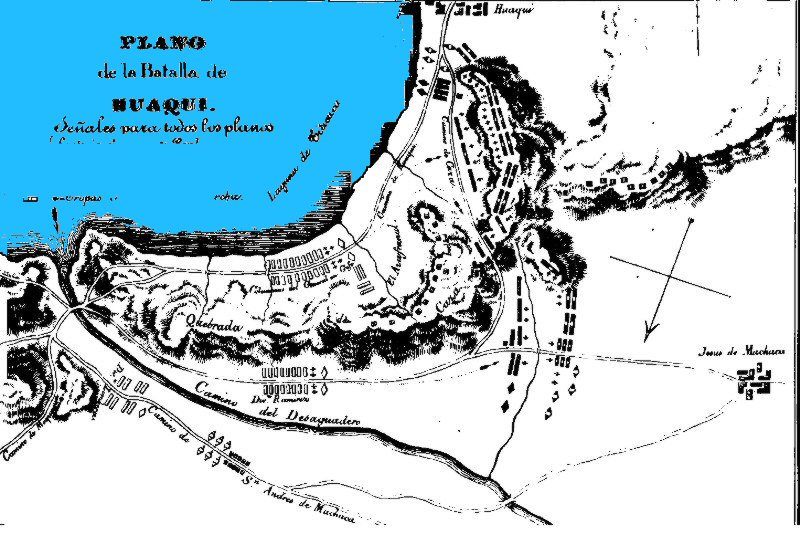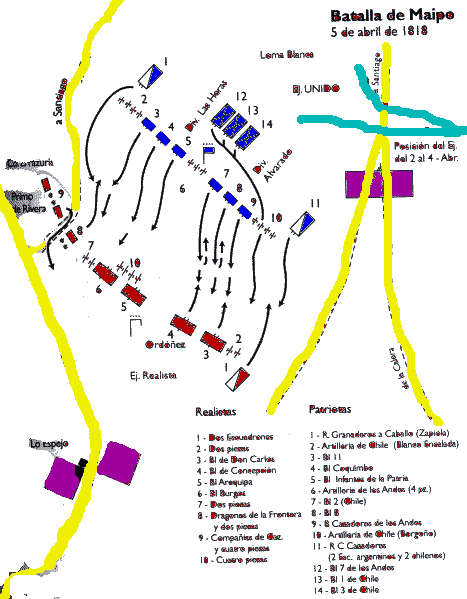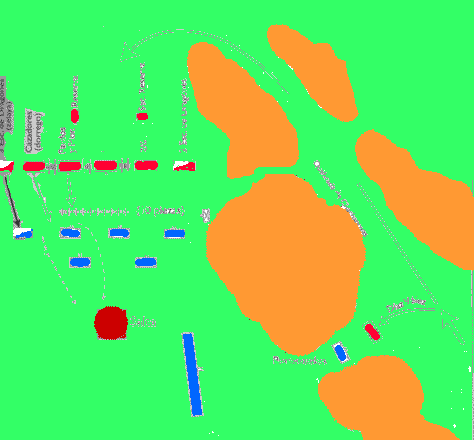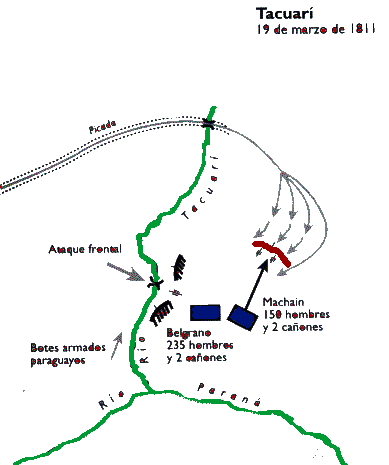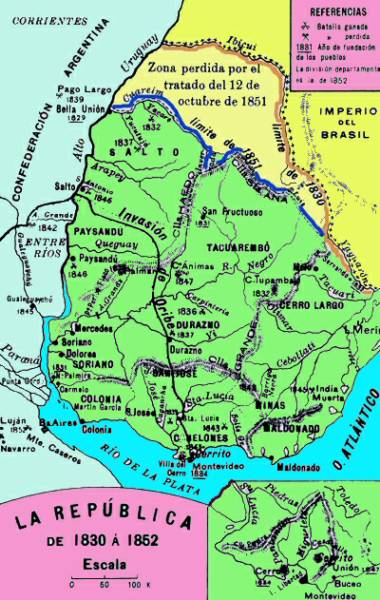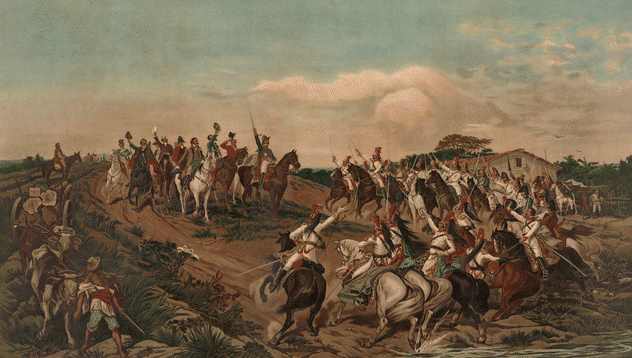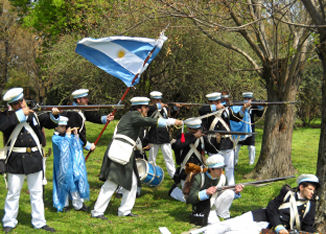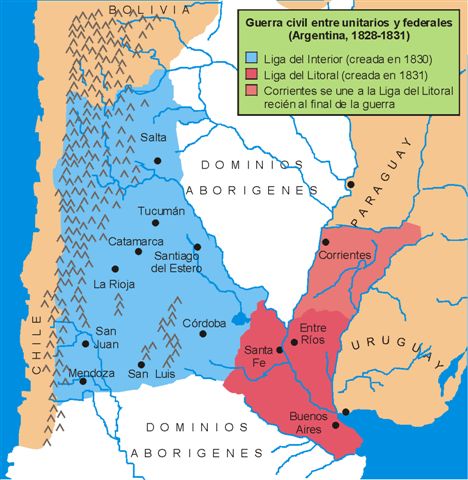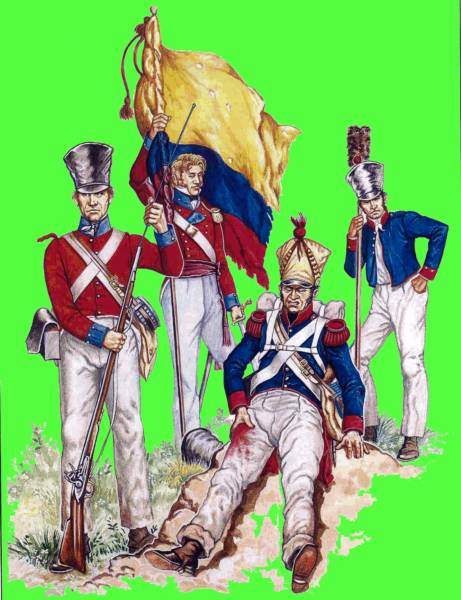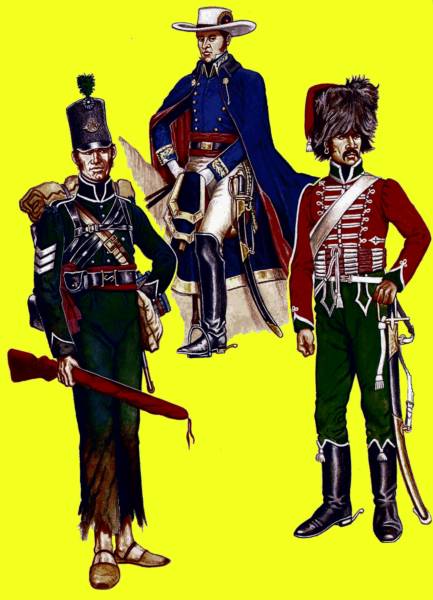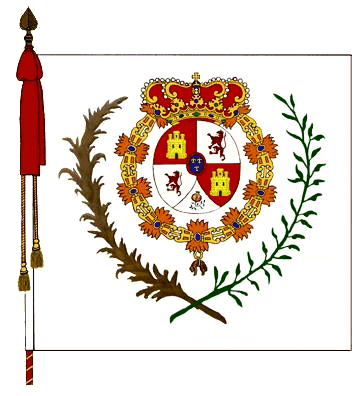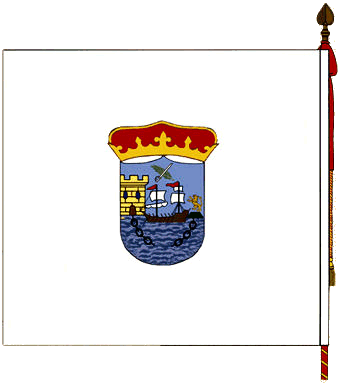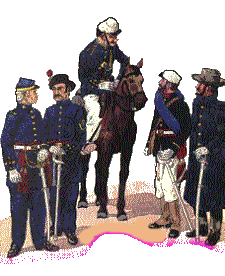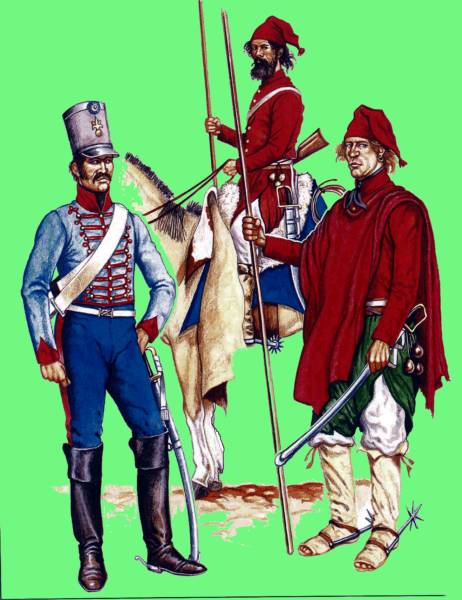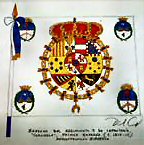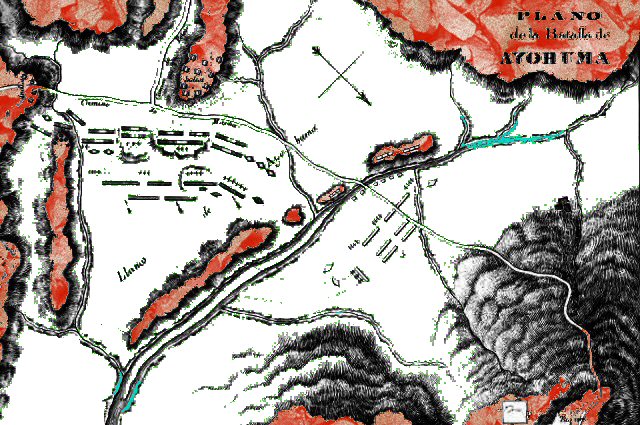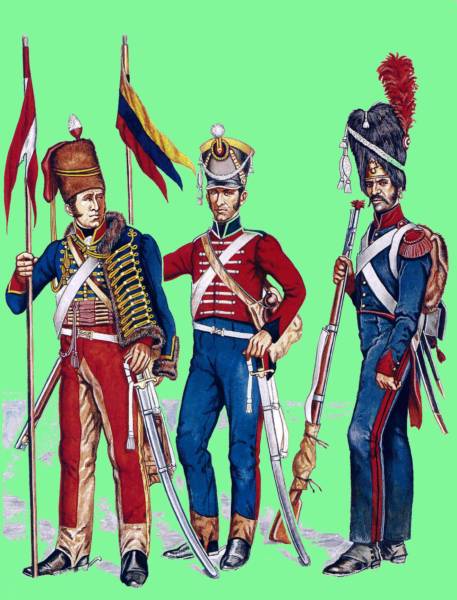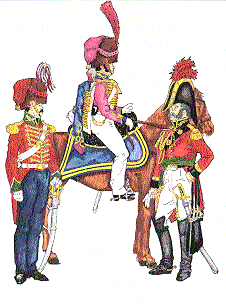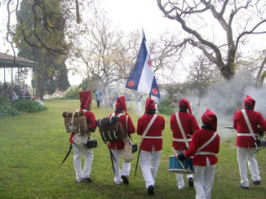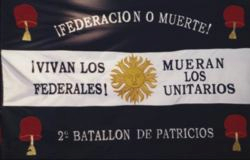Brazilian revolts
Pernambucan Revolution (1817) Confederation of the Equator (1824) Bahian Federalist Revolution (1832) Rio Grande (Farroupilha) Republic (1835-1845) Sabinada Revolt (1837-1839) Catarina (Juliana) Republic (1839 - 40)
Indian wars in Paraguay Tuesday, 1/2/07, 10:23 AM
¿During the annual monsoons flotillas of gold- miners traveled the bloated rivers, but in 1725 the Paiagua annihilated a convoy of two hundred people near the mouth of the Chanes River. They continued to attack each year, and a major battle took place in June 1730 when 400 people from Cuiaba transporting 60 arrobas (900 kilos) of gold were ambushed by hundreds of Paiagua; the battle lasted 29 hours, and most in the flotilla were killed. King Joao V issued proclamations of a just war and authorized the enslavement of captives, and in 1734 Manoel Ruiz de Carvalho led 842 men in 28 war- canoes from Cuiaba. After killing forty Paiagua sentries in their camp, they ambushed the Paiagua using 200 muskets. They slaughtered 600 Paiagua and sent 240 captives to be slaves in the mines. Yet during the 1735 monsoon the Paiagua killed or captured all but four people in a convoy of fifty canoes. The attacks became less frequent, but they went on until the 1780s when a few remaining Paiaguas took refuge with the Spaniards on an island reservation near Asuncion¿
Web Site: Sanderson Beck
The Ecuadorean revolt 1820 ¿ 1. Wednesday, 3/22/06, 9:52 AM
The Division Protectora de Quito, under the command of Colonel Luis Urdaneta, began its advance out of the coastal plain towards the Highlands, and pushed back a Royalist covering force on November 9, 1820, at Camino Real, a strategic mountain pass along the road from Guayaquil to Guaranda. An army of around 5,000 troops, under the command of veteran Spanish Colonel Francisco González, was dispatched south to deal with the 2,000 troops-strong patriot army, now in Ambato. In the Battle of Huachi, on November 22, 1820, the Royalist army inflicted a severe defeat on Urdaneta's force, which had to fall back to Babahoyo, on the coastal plains. The Spanish army continued its advance south, towards Cuenca, retaking towns along the way. On December 20, 1820, after the defenders of the city were defeated at the Battle of Verdeloma, Cuenca was retaken by the Royalist army. The authorities in Guayaquil desperately organized reinforcements -300 men altogether, including some 50 cavalry-, ordering it to make a final stand at Babahoyo. As the Royalist army didn't seem inclined to come down to the plains to meet them, the patriots sent some guerrilla bands back into the highlands, who were ambushed and massacred on January 3, 1821 at the Battle of Tanizagua. In February, 1821, the foreign aid requested by the Junta de Guayaquil finally materialized under General José Mires, sent by General Simón Bolívar, President of Colombia. Mires brought along with him 1,000 muskets; 50,000 musket rounds; 500 sabers, and 100 pairs of pistols. Mires¿ instructions were to liberate Quito. Bolívar would begin a simultaneous campaign from the north. Bolívar's right-hand man, Antonio José de Sucre, arrived in Guayaquil, bringing with him 700 reinforcements. By July, 1821, Sucre, around Babahoyo, was ready to advance on the highlands as soon as the weather allowed. Aymerich pre-empted this with a pincer movement: he would lead his Army from Guaranda down to Babahoyo, while Colonel González, coming from the southern highlands down to Yaguachi, would attack the flank. Sucre, privy to Aymerich's intentions thanks to a well-developed espionage network, sent Mires to deal with González. The encounter, which ended up destroying Gonzalez's force, took place near the town of Cone, on August 19, 1821. Upon hearing the news, Aymerich retraced his steps and headed back to the highlands. Sucre advanced up to the highlands, his main force occupying Guaranda on September 2, 1821. Aymerich moved to block any further progress, and in the Second Battle of Huachi, which took place on September 12, 1821, annihilated Sucre's infantry. The patriot forces lost 800 men, mostly killed, plus 50 prisoners, among them General Mires. As Second Huachi had also taken a heavy toll on the Royalists, Aymerich decided against exploiting his victory with an advance on the coastal plains. On November 19, 1821, a 90-day armistice was signed at Babahoyo.
Web Site: wiki
Peru ¿ Ecuador wars Wednesday, 3/22/06, 9:31 AM
At least three conflicts have been fought, the last in the 1990s.
Web Site: Wiki
Obscure Latin American actions Tuesday, 2/28/06, 8:51 AM
more or less known actions, mainly of the wars of liberation, include Lircay, Chacabuco, the siege of Talcahuana, the ambush of Caneha Rayada, the battle of Maypu, the siege of Callao, Torata, Moquegua, Cancharrayada, Ytusaingo, the bridge of Marquez, Lagunalarga, Rodeo de Chacon, the battle of the citadel at Tucuman, the fort of Agui. The 1838-9 campaign in Peru included actions at Lima, Portada de Guias and Yungay.
Web Site: All Empires
Some Latin American battles Friday, 2/24/06, 8:10 AM
Venezuela Camarra 1819 ¿ on river Apura Calabozo 1818 La Puerta 1814 (Royalist guerrillas defeat Bolivar). Colombia Celema 1879 Talcahuano December 1817 Concepcion may 1817 Campo de la Alianza 1880 Punta de Angamos 1879
Sixties guerilla action Wednesday, 2/16/05, 8:51 AM
From: Peru
Web Site: Sixties guerilla action
The battles of Argentina Thursday, 2/12/04, 10:08 AM
includes a detailed account of the life of General Rosas
From: Argentina
Web Site: The battles of Argentina
Latin and Central American wars & battles Monday, 10/28/02, 7:50 AM
* Tenochtitlán, 1520.21 * Otumba, 1520 * Cajamarca, 1532 * Buenos Aires, 1806-07 Wars of Independence * Boyacá, 1819 * Carabobo, 1821 * Pichincha, 1822 * Calderón Bridge, 1811 * Rancagua, 1814 * Chacabuco, 1817 * Maipo-floden, 1818 * Junín, 1824 * Ayacucho, 1824 * Ituzaingó, 1827 Post Independence * Yungay (Peru, Bolivia, Chile), 1839 * Ingaví (Peru, Bolivia), 1841 * Montevideo (Uruguay), 1843-51 * Monte-Caseros (Argentina), 1852 * Calpulalpam (Mexico), 1860 * Puebla II 1862-63 * River Aquidaban (Paraguay, Uruguay, Argentina, Brasil), 1870 * Tacna (Chile, Peru, Bolivia), 1880 * Chalchuapa (Centralamerika), 1885 Mexican Revolution * Columbus, New Mexico, 1916 * Carrizal, 1916 Cuban Revolution * Moncada Forest, 1953 * Sierra Maestra, 1958 * Santa Clara-Santiago, 1958
From: Latin and Central America
Web Site: DANISH LANGUAGE SITE!!
Wars in south and central America Thursday, 10/24/02, 12:19 PM
wide coverage, from pre-Columbian warfare to the present day: in particular has some excellent links.
From: el Dorado
Web Site: Wars in south and central America
The South American Wars of Liberation Thursday, 10/24/02, 12:13 PM
In the first three decades of the 19th century, a series of campaigns were fought in South America which ended Spain's empire there. Spain's control of its overseas provinces was total, in both political and mercantile matters, but the revolutions in America and France at the end of the 18th century showed the peoples of South America the possibilities of taking control of their own destinies. Spain's grip on its colonies began to slip as it became caught up in the schemes of Napoleon, and revolutionary juntas began to take control of some of the colonies, and plan the liberation of others. This site is a good source of battle, uniform and other details
From: South America
Web Site: The South American Wars of Liberation
Regiments of America Friday, 5/17/02, 12:20 PM
links, uniforms, details of the battle of Maipu, and much else in English as well as Spanish.
Web Site: Regiments of America
Central America & Caribbean page Wednesday, 3/13/02, 5:06 AM
From: Central America
Web Site: Central America & Caribbean page
